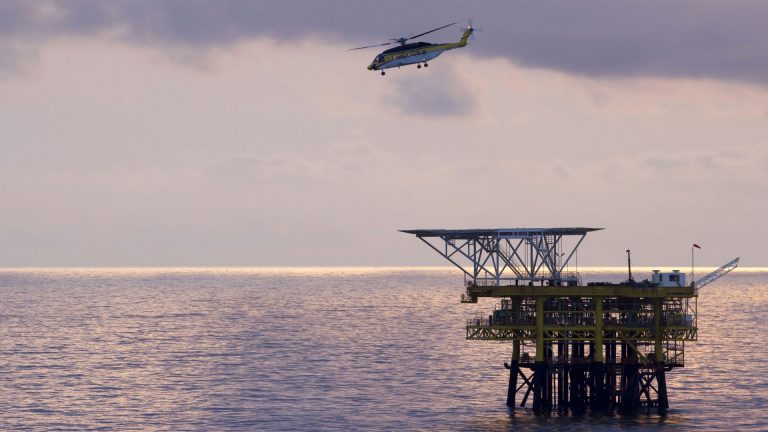
Reza Hajiha/Senior Electrical Engineer/Sharif University of Technology
Introduction
As a mean towards providing protection against shipping, every offshore installation must be fitted with visual and audible navigational aids in accordance with the requirements that practicable in jetty and offshore platforms.
The marine navigational aids system shall comprise visual and audible aids, which shall provide 360 degree of protection for the offshore platforms.
This system shall be permanently energized and able to stay in operation during 96 hours even in case of total platform shutdown.
The operating mode shall be fully automatic. To perform this function different type of system can be used.
It is requirement that a flashing white light can be seen from whichever direction an installation is approached.
VISUAL NAVIGATION AIDS
WHITE LIGHTS
A light intensity of 12000 Candela is specified which will give a range of approximately 15 miles (24Km). Should the bulb filament fail then a secondary bulb should illuminate automatically and active an alarm.
The lights which are normally mains powered are to provided with an in depended secondary source of power (normally batteries), capable of enduring uninterrupted operation for a period of 4 days (96 hours). In the event of a main power failure the change over to the secondary power supply should take place automatically and initiate an alarm at the main control station.
RED LIGHTS
It is a requirement that the horizontal extremities of an installation be illuminated with flashing red subsidiary lights. A red light need not be fitted to an extremity where a white light already exists.
A light intensity of 1200 Candela is required which will give a range of approximately 3 miles (4.8 Km).
LIGHTING – GENERAL
The sketches show typical arrangements. Two white and two red will normally suffice per installation (not per jacket).
The white lights must flash in unison. The red lights must also flash in unison but they need not flash in unison with the white lights.
The lights shall spell the letter “U” in morse code every 15 seconds. They should be mounted at a position between 12 and 30 meters (40 and 100 feet) above sea level in order that the maximum visibility is obtained.
The lights shall be exhibited from 15 minutes before sunset until sunrise and at the all times when meteorological visibility is less than 2 miles (3.2 Km).
AUDIBLE NAVIGATION AIDS
Fog signals shall be sounded whenever meteorological visibility falls below 2 miles (3.2 Km).
The fog signal shall spell the letter “U” in morse code over a period of 30 seconds and have a range of at least 2 miles.
The primary fog signal which may be mains powered is to be provided with a secondary fog signal which will commence operation automatically on failure of the primary system and initiate an alarm at the main control station. The secondary system must have a range of at least half a mile (800 meters).
The main and secondary fog signals shall each be capable of operating continuously at full power for at least four days (96 hours) from a power source independent of the mains supply (normally batteries).
The secondary power supplies for navigation aids are to be located within compartments structurally protected against fire to A-60 requirements.
NAVIGATION AID FAILURE
If a total failure of the navigational aids occurs the installations must be temporarily marked by one of two methods:
A temporary battery powered system of lights and fog signals must be installed which meets the requirements for light and fog secondary systems.
Two Cardinal buoys are to be located on either side of the installation at one cables length from the rig.
The buoys must be fitted with a light with an intensity of not less than 70 Candela and a fog horn consisting of a wave activated whilst or bell.
IDENTIFIACTION PANELS
Identification panels are to be fitted which display a registered name or unique number by which the installation is registered. Figures should be 1 meter (40 inches) high on a yellow background and be so arranged that one panel is visible from any direction.
The panels are to be illuminated or constructed from retro – reflective materials. The helideck must also be clearly identified with the installation name and number.
References
International Association of Light house Authorities (I.A.L.A), Recommendations for the marking offshore Structures.
IALA report, the definition and method of Calculation of the nominal of the nominal range of a fog horn.
IALA report, Recommendations for Calculation of the effective intensity of a rhythmic light.
UK Department of Transport (D.O.T), Standard marking schedule for offshore Installations. Only to be used for North Sea Locations or if specified in the Project Particular Specification.
منبع: مجله خبری ایکسب
مقالات مرتبط: فنی مهندسی